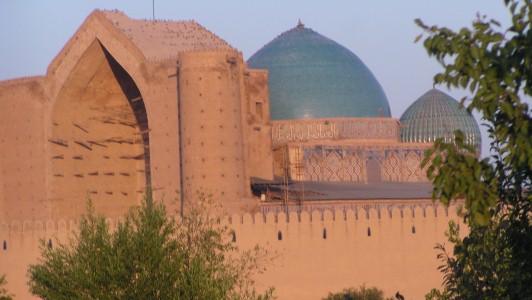
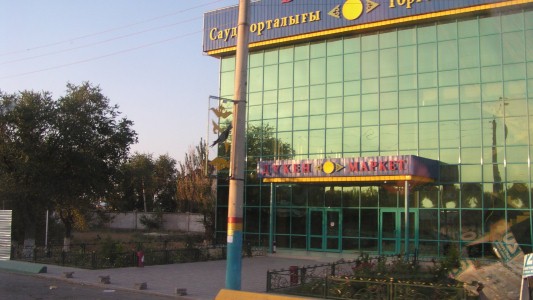
Now we know what Kazakh for supermarket looks like.
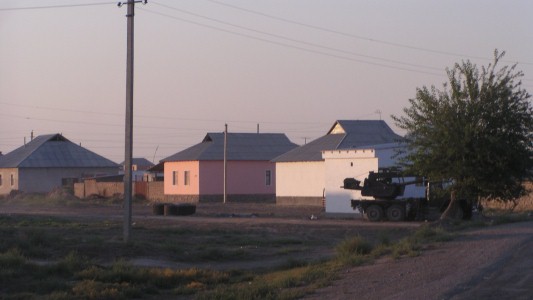
And Sultan will be in the first year to graduate from the new university in Astana (new capital).
Some lecturers and professors from overseas (including Aus).
Most of the spread out town is single storey houses on large sections.
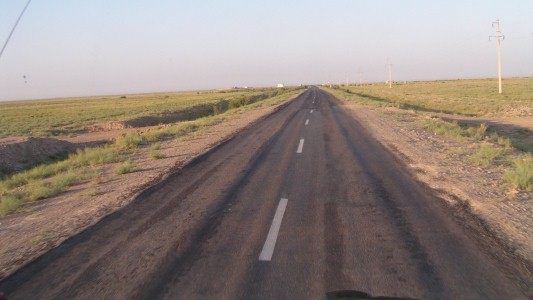
Surprised to find it sealed.
But groovey.
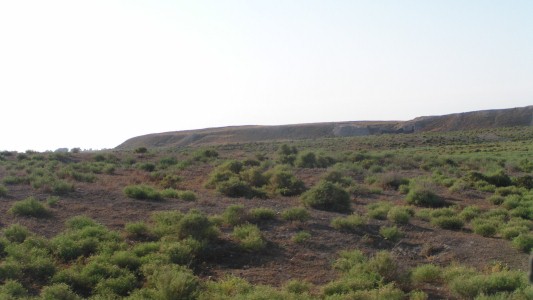
A bit like Karatobe (near Sauran a couple of days ago) from the distance.
A rounded hill.
Further west in Kazakhstan we noticed the railway sidings were the distance apart for steam trains to take water.
Here the ruined walled towns are separated by roughly the distance a caravan could move in a day.
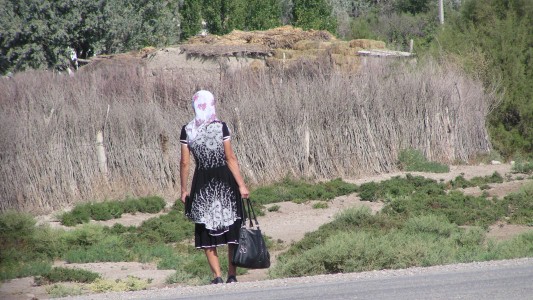
So here's a photograph of someone looking the other way, waiting for a lift.
Just stand by the side of the road and someone will stop.
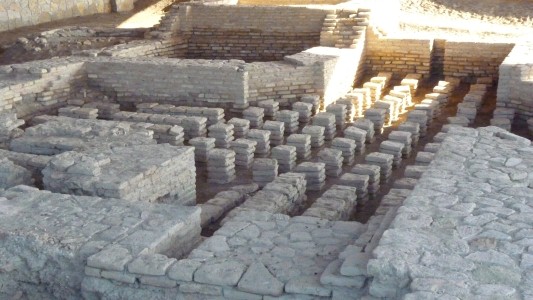
The hot water room of the bath house.
Maybe a Turkish bath!
This bath house is outside the city walls.
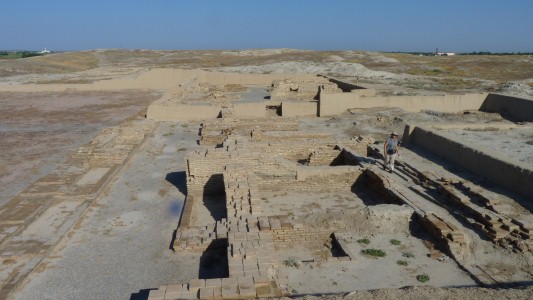
This part has been partially reconstructed.
Unable to translate the Kazakh or Russian interpretations we are a little lost.
We think it may be the 14th century Palace of Berdibek. Where Timur died (in 1405).
There is also a palace mosque.
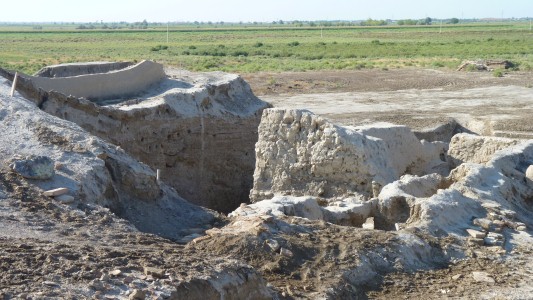
This is one of the gates which has been excavated and is being reconstructed (much like the main gate to Sauran).
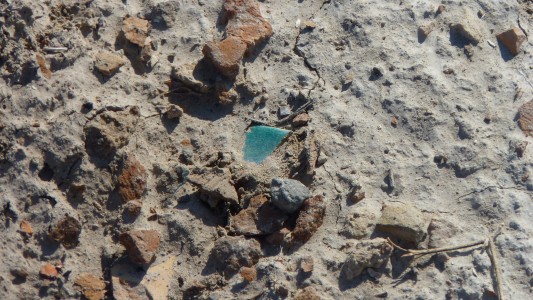
The ground is littered with small pottery pieces.
In a soft matrix that we sink a bit in.
We can imagine how the area inside the walls has been filled with dust, thus leaving the archeologists to dig down to the buildings, but we can't figure out why the pottery shards should be on top.
Unless the soft material has been dug up once and left there, though there's a lot of it.
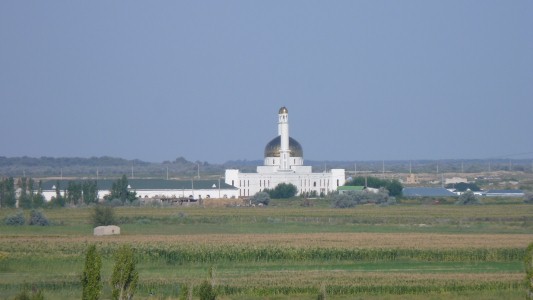
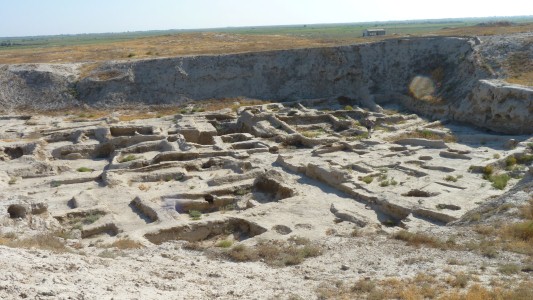
There are pottery shards in the material obviously excavated, but less in the surrounding areas.
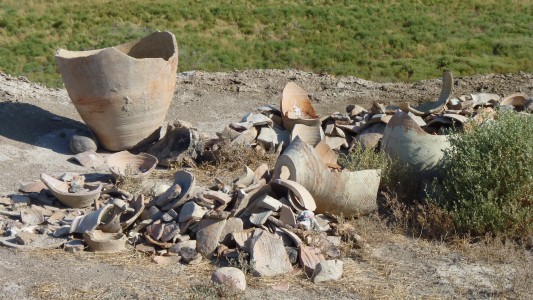
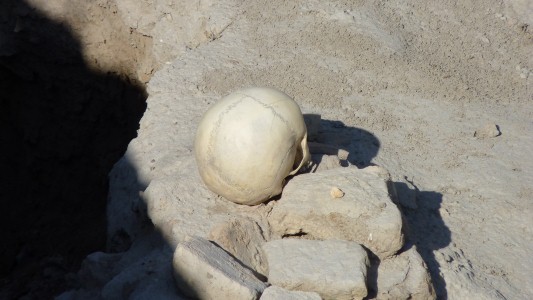
An exposed, cleaned, skull.
The hole in the head is on the far side.
Otrar was a major Silk Road hub dating from the first century AD. Near the banks of the Syr Darya with fertile land.
By the 12th century all houses had sewage connections.
In 1218 an emissary caravan from Genghis Khan was plundered and annihilated on arrival at Otrar.
Thus began the Mongol conquest of central Asia when Genghis sent an army under the command of his sons to destroy the city.
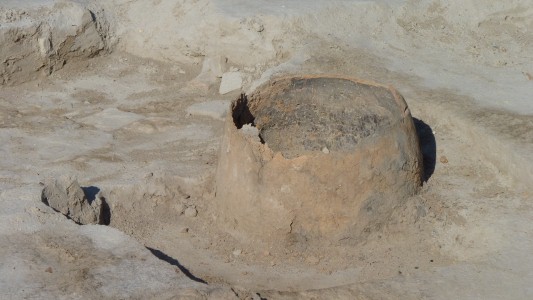
Even then the central citadel was strongly defended.
Because of its position Otrar recovered after Genghis' death.
It faded with internal strife and as the Jungar tribes from further east attacked in the 17th century. Along with other Syr Darya towns.
This is a partially excavated large pot.
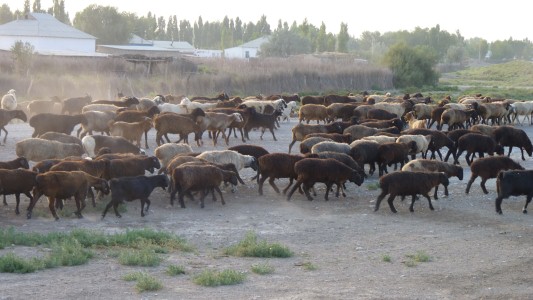
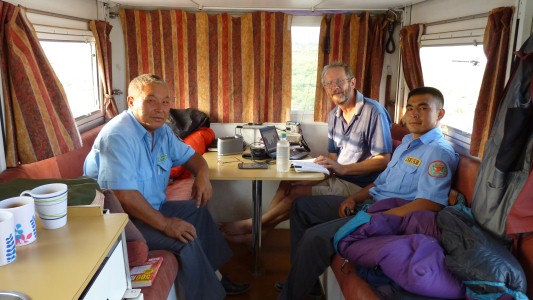
We were the only visitors to the site the whole day.
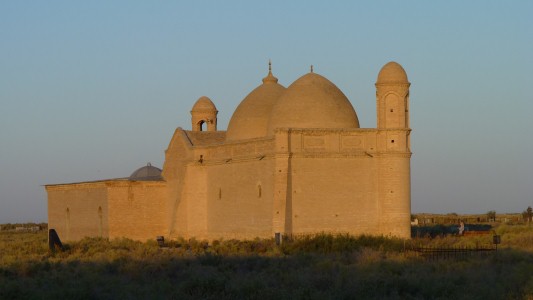
Built in 1907. The original was inside Otrar, commissioned by Timur.
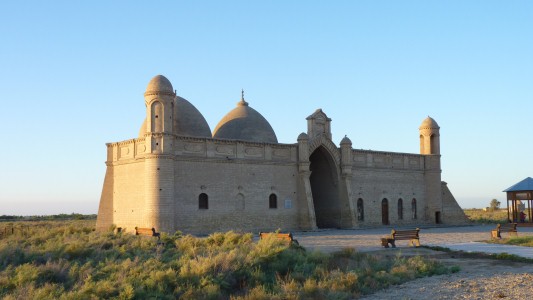
Aristan Bab was one of Khoja Ahmed Yasavi's mentors.
This site is visited by pilgrims on the way to Turkistan.
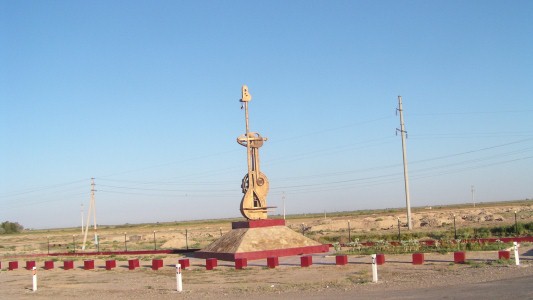
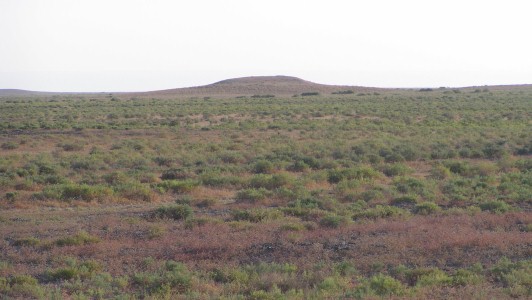
The way these small hills are labeled we suspect they are kergens (tumulus).
Burial mounds.